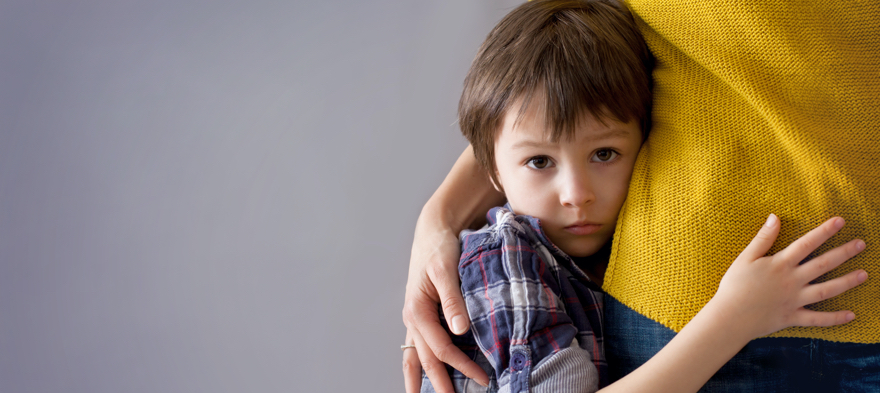
Mar 13, 2020 12:00:00 AM
by Dana Kaplan
As much as we want to put on a brave face and continue living our life like “normal,” the underlying levels of anxiety continue to rise as parents and children fear the uncertainties beyond testing, grades, assignments, attending scheduled sports practices and other communal classes. Yes, I’m talking about the ENORMOUS elephant in the room—the Coronavirus!
The constant worry of going to work, sending children to school, taking a vacation, riding the subway, or worse, for some, the reality of staying confined to their home is rapidly soaring through many brains. As an early childhood educator and expert in social and emotional learning, my hope is to highlight how parents can support their children’s understanding of the ramifications of the virus, and more, how [pullquote]communicating unlocks vulnerability, authenticity and the opportunity to learn about what actually worries you and your child.[/pullquote]
As adults, it’s easy to forget that children hear our conversations, that children parrot what they pick up from friends, teachers, the person talking on the phone next to them while waiting in line at the grocery store, or hearing the news in the background of the morning hustle to prepare for school. Let’s also not forget the enormous and endless boxes of food deliveries, school and class cancelations, business trips postponed, individuals and masses quarantined, seeing people—in real life—wearing face masks or the incessant reminders: DON’T TOUCH YOUR FACE! WASH YOUR HANDS!
As adults, [pullquote position="right"]we must take a step back and think about how these experiences, words, moments in time are truly affecting children of all ages.[/pullquote] Yes, it’s crucial we are aware and never skirt the issue at hand, and I firmly believe conversations and knowledge are two imperative tools in calming anxiety. When our anxiety is high, our sympathetic nervous system puts us in a state of flight or fight. By consciously and actively breathing, we activate our parasympathetic nervous system, bringing our body back to a state of balance. We are then able to make choices that benefit ourselves and others. Unfortunately, many adults’ and parents’ sympathetic nervous systems are activated and thus, the trickle effect on their children is inevitable.
Below are six suggestions to support you and your child in understanding and communicating as everyone continues to navigate through the uncertainty.
If you are in need of additional practices for you and your family, feel free to reach out to me!
Dana has her master's in early childhood education with an additional certification in gifted education. Dana joined PS 33, Chelsea Prep for the 2006-2007 school year. During Dana’s tenure at PS 33, she taught pre-K for two years, launched the ICT-Kindergarten class, and independently created, piloted, and launched PS 33’s Gifted and Talented Program. Dana recently launched her personal business, Developing Empathetic Education with Dana (D.E.E.D.), where she consults with schools and parents on the critical needs for social and emotional learning (SEL), as well as gifted and talented and “all things school-related.”
Few issues in education spark more tension and debate than standardized testing. Are they a tool for equity or a burden on students? A necessary check on school systems or a flawed measure of...
Charter schools are public schools with a purpose. Operating independently from traditional school districts, they're tuition-free, open to all students, and publicly funded—but with more flexibility...
Despite the benefits of a diverse teaching force, prospective teachers of color fall out of our leaky preparation pipeline at every stage: preparation, hiring, induction, and retention. Here’s what...
Ed Post is the flagship website platform of brightbeam, a 501(c3) network of education activists and influencers demanding a better education and a brighter future for every child.
© 2020-2025 brightbeam. All rights reserved.
Leave a Comment